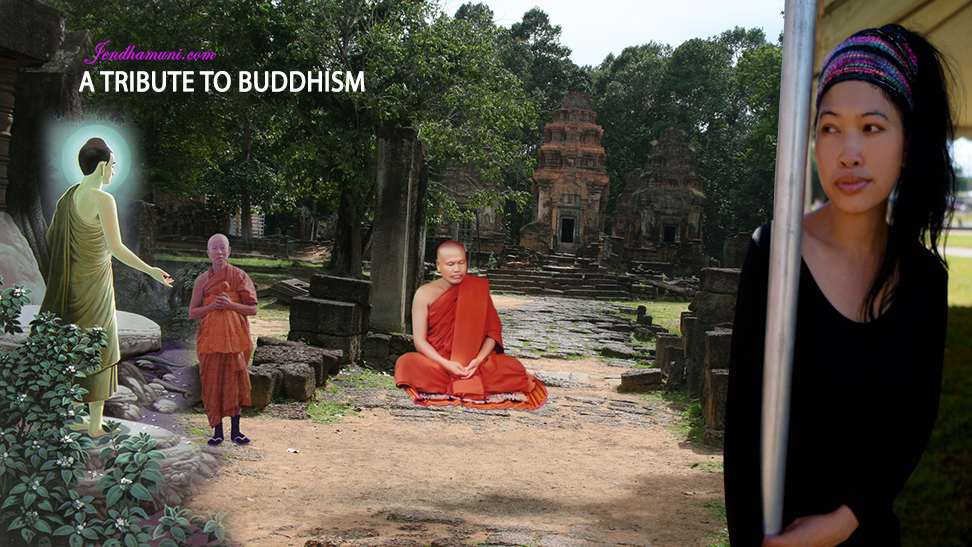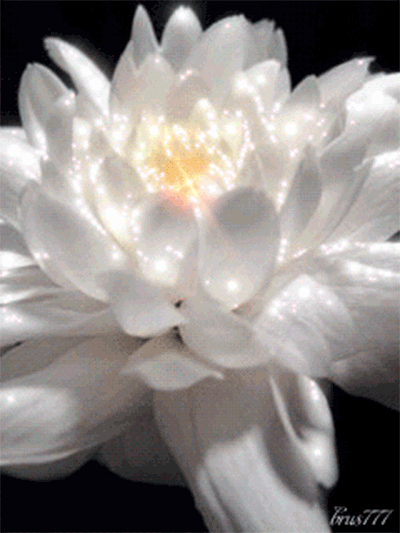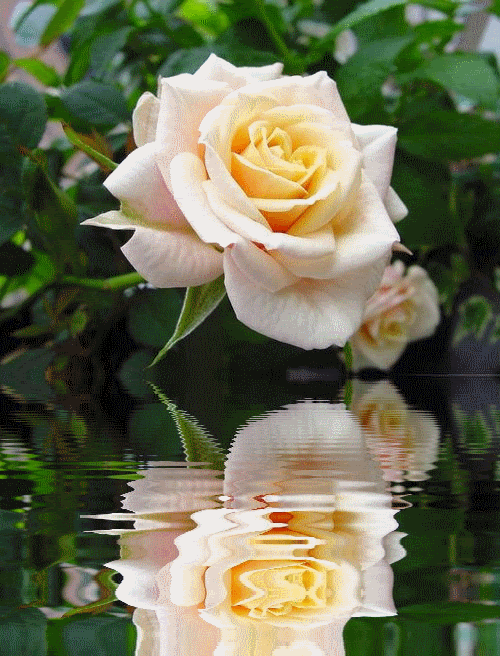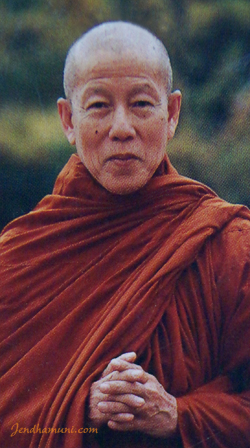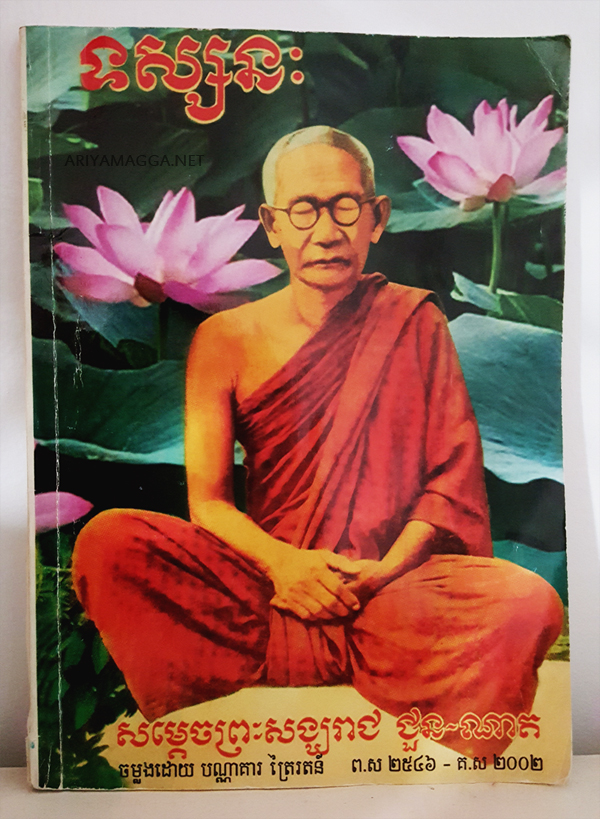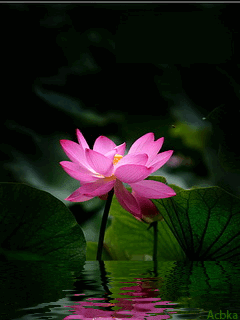-
Comment August 3, 2016
-
Giving Up Ego-clinging
Comment August 3, 2016Initially, to understand dharma even on an intellectual level is not at all simple. Then once we have some understanding, to put dharma into practice is even more subtle, because it requires that we go beyond our habitual patterns. Intellectually, we may recognize how our narrow-minded habits have brought about our own cycle of suffering, but at the same time we may also be afraid to engage wholeheartedly in the process of liberating these habits of ours.
This is cherishing of ego. For even if we think we want to practice the Buddhist path, to give up our ego-clinging is not easy, and we could well end up with our own ego’s version of dharma—a pseudo-dharma which will only bring more suffering instead of liberation. ~ Dzongsar Khyentse Rinpoche
-
Just Keep Looking at Your Mind
Comment August 3, 2016What’s recommended is that if you have a good experience, don’t get too excited. And if you have a bad experience, don’t mistake it for a serious deviation or a sidetrack that you have to find your way back from. If you have a bad experience, just continue practicing as you were. In other words, whatever happens, just keep looking at your mind. ~ Thrangu Rinpoche
-
Buddha preaching to Kisa Gotami
Comment August 3, 201643. The Buddha preaching to Kisa Gotami asking for medicine for her dead son
Kisa Gotami was the wife of a wealthy man of Savatthi worth 40 crores. She had an only son who died when he was just able to run about. She had never seen any death and, thinking that her son was only ill, did not cremate him. In her distress she took him in her arms and went about asking for medicine.
One wise man thought that no one but the Buddha would know of any, and sent her to Him. Kisa Gotami showed her dead son and asked the Buddha to give the medicine that would cure her boy. The Buddha answered: ” I shall cure your boy if you get some mustard seeds from a house where no one has died”. Carrying her dead son, she wondered from door to door. But she could not find any house where no death had occurred. At last she began to learn the truth, “No house is free from death”. She went to a wood, laid her child there and returned to the Buddha, who comforted her by preaching to her the truth. She was established in the first holy stage of the Aryan
Path, and was admitted into the Order of Nuns. She eventually became an Arahant.
Rohini river lying between Kapilavatthu and Koliya was the main source of water supply for these two cities to irrigate their lands for growing crops.
THE ILLUSTRATED HISTORY OF BUDDHISM
by ASHIN JANAKA BHIVAMSA (Aggamahapandita)
Artist: U Ba Kyi | Link to this post -
Difference Without Division
Comment August 3, 2016Diversity within a society does not have to be problematic; it can be a source of richness and enjoyment. We can recognize and enjoy differences, but we must be careful not to exaggerate their importance or solidify our differences. When we do, we easily lose sight of our shared humanity, and divide ourselves up into categories of us and them, higher and lower, better and worse. ~ 17th Karmapa
-
Love is the only force
Comment August 2, 2016Violence never brings permanent peace. It solves no social problem: it merely creates new and more complicated ones. Violence is impractical because it is a descending spiral ending in destruction for all. It is immoral because it seeks to humiliate the opponent rather than win his understanding: it seeks to annihilate rather than convert. Violence is immoral because it thrives on hatred rather than love. It destroys community and makes brotherhood impossible. It leaves society in monologue rather than dialogue. Violence ends up defeating itself. It creates bitterness in the survivors and brutality in the destroyers. ~Martin Luther King, Jr.
-
Non-violence is the greatest force
Comment August 2, 2016 -
Buddha preaching the sermon of peace
Comment August 2, 201642. The Buddha preaching the sermon of peace from the air to prevent war between Kapila and Koliya
Rohini river lying between Kapilavatthu and Koliya was the main source of water supply for these two cities to irrigate their lands for growing crops. At one time, when the crops became dry, the farmers from both cities went to draw water from the river when there was very little water and just enough left for them to take once only. A quarrel arose over it and there was an exchange of hot words touching the fair name of the Sakya clan. The Ministers including the one in charge of agriculture became so angry that they decided to settle this matter by battle and both sides sallied forth for a fight.
The Buddha saw, with the eye of a Buddha, that there would be much blood-shed if the relatives of both sides engaged in battle. He, therefore, went alone and sat cross-legged in the air midway between the armed forces of both sides. When they saw the Blessed One in the air, the armed forces of both sides, who were all kinsmen, laid down their arms and paid homage to Him. The Buddha then admonished them by preaching a sermon of peace saying, “Are you going to destroy your priceless lives for the sake of a little bit of worthless water?”
THE ILLUSTRATED HISTORY OF BUDDHISM
by ASHIN JANAKA BHIVAMSA (Aggamahapandita)
Artist: U Ba Kyi | Link to this post -
Although gold dust is precious…
Comment August 1, 2016 -
You will not be punished for your anger
Comment August 1, 2016

